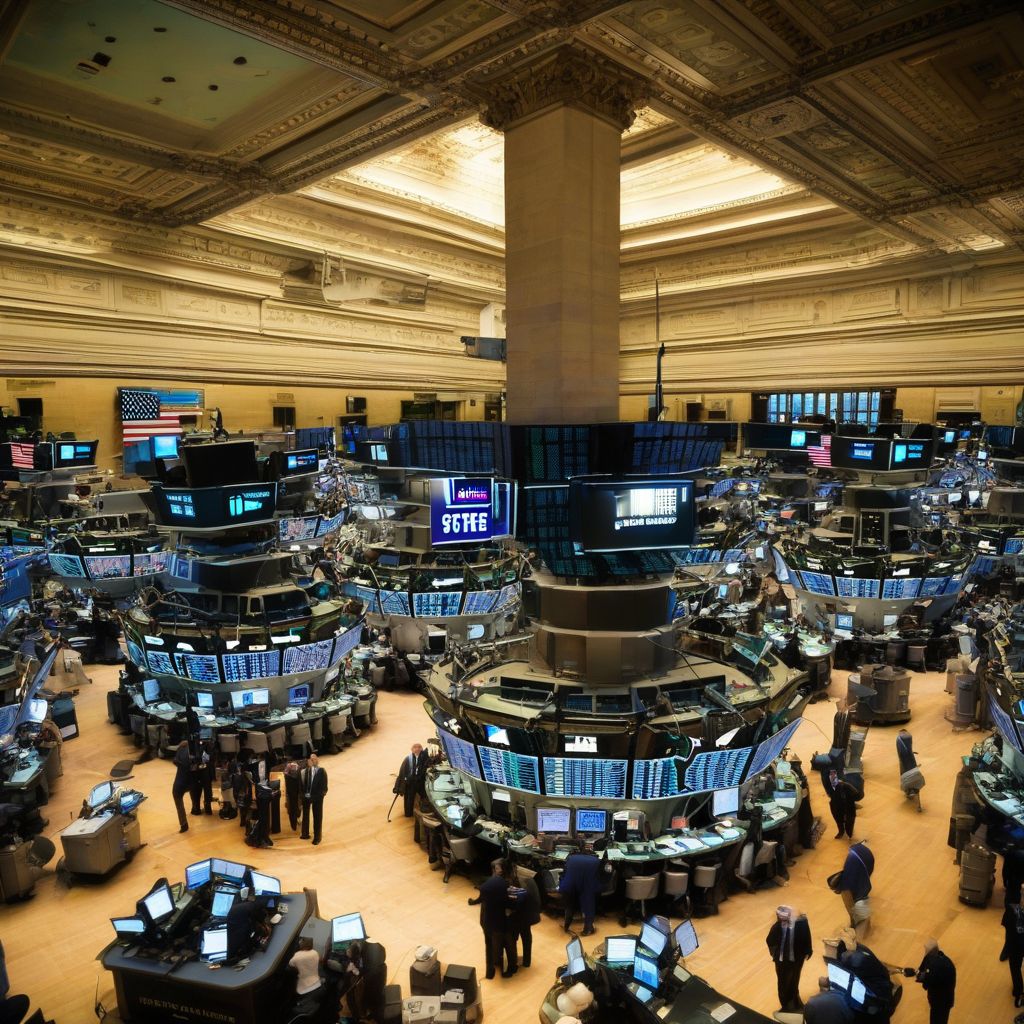Imagine this: you’re catching up on the day’s financial news after work and stumble upon breaking news that significantly impacts a company you’ve been closely watching. It’s after the market close, and your hands are tied until the next morning. Frustrating, right? This is where the NYSE after-hours trading comes into play.
Understanding NYSE After-Hours Trading
The New York Stock Exchange (NYSE), like many other major stock exchanges, operates on a regular trading schedule, typically from 9:30 am to 4:00 pm Eastern Time. But what happens when news breaks, earnings reports surface, or global events unfold outside these hours? The answer lies in after-hours trading.
NYSE after-hours trading refers to the buying and selling of securities on the NYSE outside of its regular trading session. It provides an opportunity for investors to react to significant news and events that occur when the market is closed.
phatphaptinhhoa.com/wp-content/uploads/2024/08/nyse-trading-floor-66bac5.jpg" alt="Image of the bustling NYSE trading floor" width="1024" height="1024">Image of the bustling NYSE trading floor
Answering Your Questions About NYSE After-Hours Trading
Let’s dive into some common questions surrounding NYSE after-hours trading:
1. How Does NYSE After-Hours Trading Work?
While the NYSE itself doesn’t directly facilitate after-hours trading, it takes place through electronic communication networks (ECNs). These ECNs act as intermediaries, matching buy and sell orders from investors.
2. What are the Advantages of After-Hours Trading?
- React to News Quickly: After-hours trading allows investors to react to market-moving news in a timely manner, potentially capitalizing on price movements.
- Flexibility and Convenience: It offers investors the flexibility to trade outside regular trading hours, accommodating different schedules and time zones.
- Global Events Access: International events can significantly impact the U.S. markets. After-hours trading provides an avenue for investors to respond to these global cues.
3. What are the Risks?
- Lower Liquidity: After-hours trading typically involves lower trading volumes compared to regular market hours, potentially leading to wider bid-ask spreads and more volatile price swings.
- Increased Price Volatility: With fewer participants, price movements can be more drastic and unpredictable.
- Limited Access: Not all brokerages offer after-hours trading.
Important Considerations for After-Hours Trading
Before diving into after-hours trading, here are a few things to keep in mind:
- Do Your Research: Understand how after-hours trading works, its risks, and whether your brokerage offers this service.
- Order Types: Familiarize yourself with different order types, such as limit orders, which allow you to set a specific price, which can be crucial in a volatile environment.
- Risk Tolerance: After-hours trading might not be suitable for all investors, especially those with a lower risk tolerance.
Beyond the Closing Bell: The Takeaway
NYSE after-hours trading offers both opportunities and challenges. It empowers investors with the flexibility to act on information and events beyond regular market hours. However, it’s crucial to understand the potential risks, including lower liquidity and increased volatility, and trade cautiously.
Want to explore further? Research different ECNs, compare brokerage services, and continue learning about trading strategies to make informed decisions in the dynamic world of finance.
